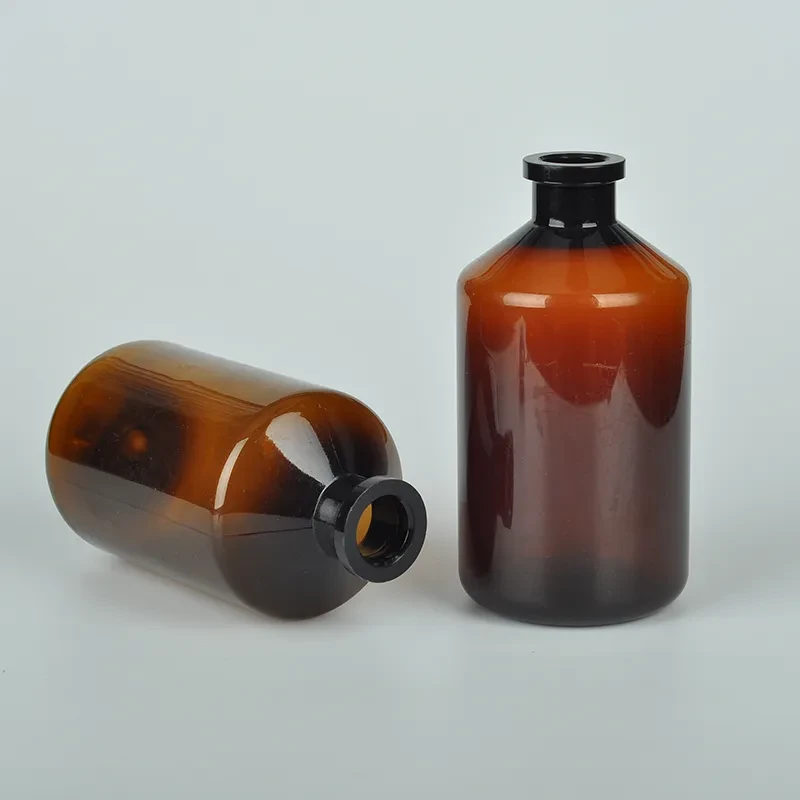Optimal Selection of Laboratory Sample Tubes for Accurate Testing and Sample Preservation
The Importance of Lab Sample Tubes in Modern Science
In the bustling world of scientific research and diagnostics, the significance of lab sample tubes cannot be overstated. These tubes are versatile tools that serve as fundamental components in various laboratory applications, ranging from clinical testing to research experiments. Their design, materials, and functionality can vastly influence the integrity of the samples they hold and, ultimately, the results of scientific inquiries.
The Evolution of Lab Sample Tubes
Lab sample tubes have come a long way since their inception. Originally made from glass, today they are predominantly manufactured from high-grade plastic materials, such as polypropylene and polystyrene. This shift not only reduced the risk of breakage—critical in fast-paced lab environments—but also catered to the growing need for disposable products in order to minimize contamination. The evolution of these tubes reflects the dynamic nature of laboratory practices, which continually adapt to new scientific strategies and safety protocols.
Types of Lab Sample Tubes
A variety of sample tubes exist, each designed for specific applications
. The most common types include1. Vacutainer Tubes These are often used in clinical settings for blood collection. They come in various colors that indicate different additives, such as anticoagulants or clot activators, which are essential for the intended tests.
2. Centrifuge Tubes These tubes are designed to withstand the high speeds of centrifugation, making them ideal for separating components of blood, urine, and other biological samples.
3. Microcentrifuge Tubes Smaller than standard centrifuge tubes, these are intended for microliter volumes of samples. They are frequently used in molecular biology applications, such as PCR and DNA extraction.
4. Screw Cap Tubes These provide a secure closure, making them suitable for long-term sample storage and transportation, minimizing the risk of contamination and evaporation.
lab sample tubes

Each type of tube is engineered with specific features to prevent sample degradation, including UV protection, color coding for easy identification, and various volume capacities.
The Role of Lab Sample Tubes in Sample Integrity
One of the primary concerns in any laboratory is maintaining the integrity of samples. Factors like temperature, exposure to light, and potential contamination can drastically affect the results of experiments and tests. Lab sample tubes are designed to mitigate these risks. For example, tubes that block UV light help protect sensitive biological samples from degradation. Additionally, the compatibility of the tube material with the sample type ensures that no chemicals from the tube leach into the sample, which could otherwise lead to inaccurate results.
Innovations in Lab Sample Tubes
Recent advancements in technology have led to innovative designs and improvements in lab sample tubes. Smart tubes equipped with barcodes or RFID tags help streamline sample tracking and management, which enhances data accuracy and prevents loss or mix-ups. Furthermore, the development of biocompatible materials expands the possibilities for using these tubes in diverse applications, including in pharmaceuticals and advanced medical research.
Environmental Considerations
As laboratory practices evolve, so does awareness of environmental impacts. The shift toward sustainable laboratory practices includes the development of eco-friendly lab sample tubes made from biodegradable materials or those that can be recycled after use. Such innovations aim to reduce the carbon footprint of laboratories while maintaining the high standards required in scientific research.
Conclusion
In conclusion, lab sample tubes are indispensable tools in modern science, facilitating a wide array of applications that underpin clinical diagnostics and research. Their design continues to evolve, meeting the demands of an ever-changing scientific landscape while addressing environmental concerns. As laboratories strive for greater efficiency and accuracy, the importance of high-quality, reliable sample tubes remains paramount. They not only play a critical role in safeguarding sample integrity but also serve as a testament to the ongoing innovation within the scientific community. Whether in a hospital, research facility, or educational institution, the humble lab sample tube is integral to the journey of transforming ideas into discoveries that can improve human health and advance knowledge.
-
Aesthetic Makeup Spray Bottles | Fine Mist Empty RefillableNewsAug.19,2025
-
White Plastic Veterinary Vaccine Vials | Lab Liquid BottlesNewsAug.18,2025
-
Plastic Medicine Liquid Bottle: Secure Flip Top Drug VialsNewsAug.17,2025
-
Durable 250ml Blue Plastic Vaccine Vial for Lab & Vet UseNewsAug.16,2025
-
Sterile Virus Sample Tubes: Secure & Reliable Specimen CollectionNewsAug.15,2025
-
White 250ml Plastic Vaccine Vial for Lab & Vet MedicineNewsAug.14,2025
























